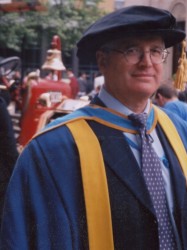BibTex format
@article{Sikdar:2016:10.1039/c6fd00249h,
author = {Sikdar, D and Bucher, A and Zagar, C and Kornyshev, AA},
doi = {10.1039/c6fd00249h},
journal = {Faraday Discuss},
pages = {585--602},
title = {Electrochemical plasmonic metamaterials: towards fast electro-tuneable reflecting nanoshutters},
url = {http://dx.doi.org/10.1039/c6fd00249h},
volume = {199},
year = {2016}
}

